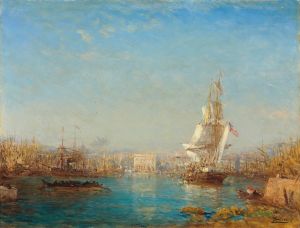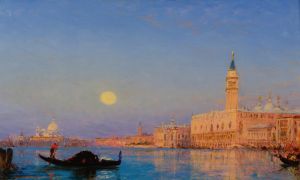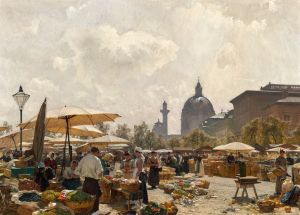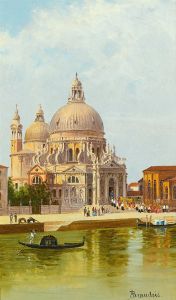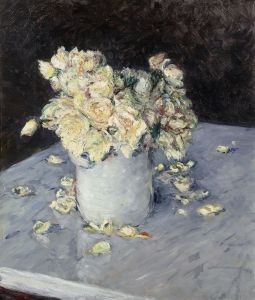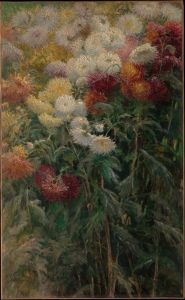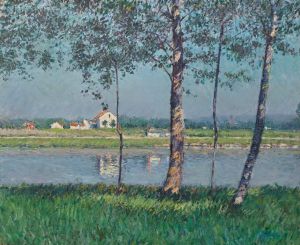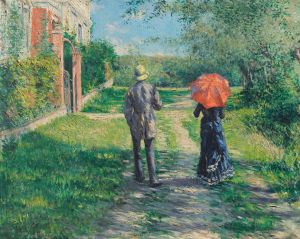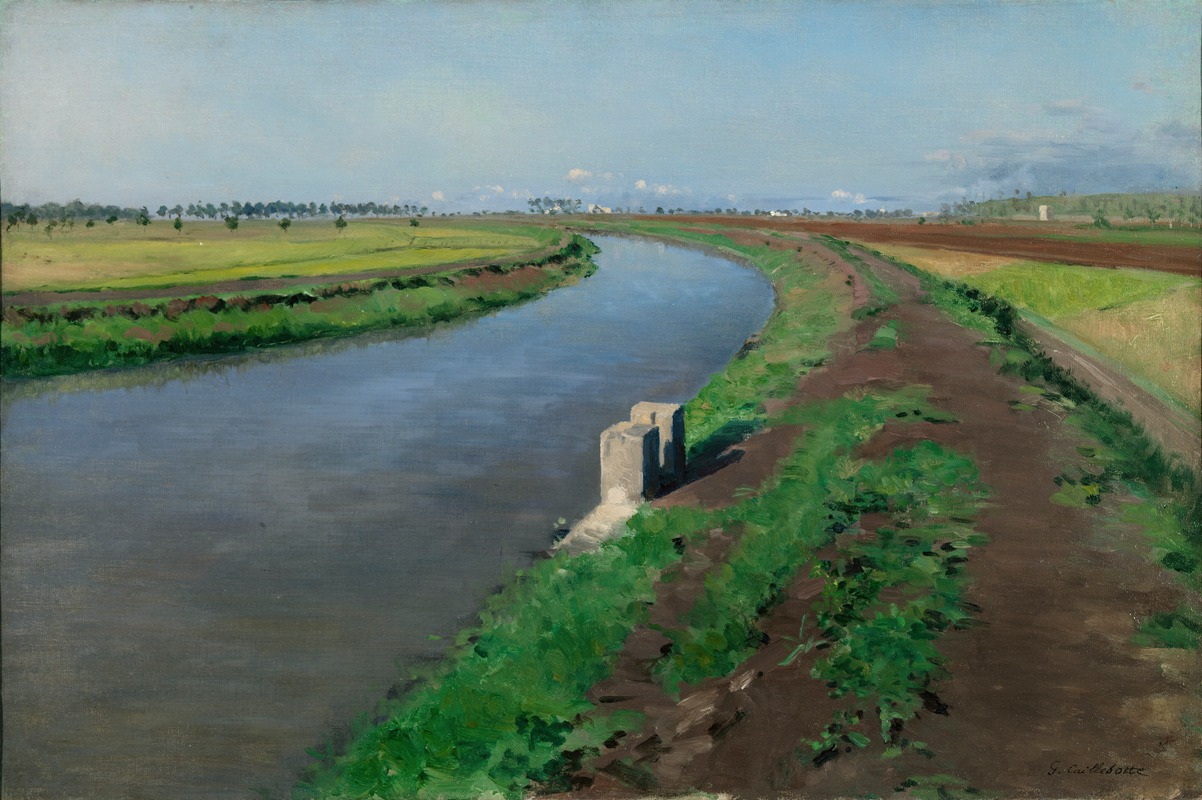
Banks of a Canal, near Naples
A hand-painted replica of Gustave Caillebotte’s masterpiece Banks of a Canal, near Naples, meticulously crafted by professional artists to capture the true essence of the original. Each piece is created with museum-quality canvas and rare mineral pigments, carefully painted by experienced artists with delicate brushstrokes and rich, layered colors to perfectly recreate the texture of the original artwork. Unlike machine-printed reproductions, this hand-painted version brings the painting to life, infused with the artist’s emotions and skill in every stroke. Whether for personal collection or home decoration, it instantly elevates the artistic atmosphere of any space.
Banks of a Canal, near Naples is a painting by the French Impressionist artist Gustave Caillebotte. Created in 1872, this work is one of Caillebotte's earlier pieces, painted before he became closely associated with the Impressionist movement. The painting depicts a serene canal scene near Naples, Italy, showcasing Caillebotte's interest in natural landscapes and his ability to capture light and atmosphere with precision.
The composition features a tranquil canal bordered by lush greenery, with reflections of the surrounding environment mirrored in the still water. The scene is rendered with a sense of depth and realism, highlighting Caillebotte's training in academic painting techniques. The work also demonstrates his early exploration of plein air painting, a practice that became central to the Impressionist approach.
Caillebotte is best known for his urban scenes of Paris and his role as a patron of the Impressionist movement, but Banks of a Canal, near Naples reveals his versatility as an artist and his interest in diverse subject matter. The painting is notable for its subdued color palette and meticulous attention to detail, characteristics that distinguish it from the more vibrant and loosely painted works of his later career.
This painting is part of a private collection and is not as widely exhibited or studied as some of Caillebotte's other works. As a result, detailed information about its provenance and exhibition history is limited. However, it remains an important example of his early artistic development and his engagement with landscape painting.






